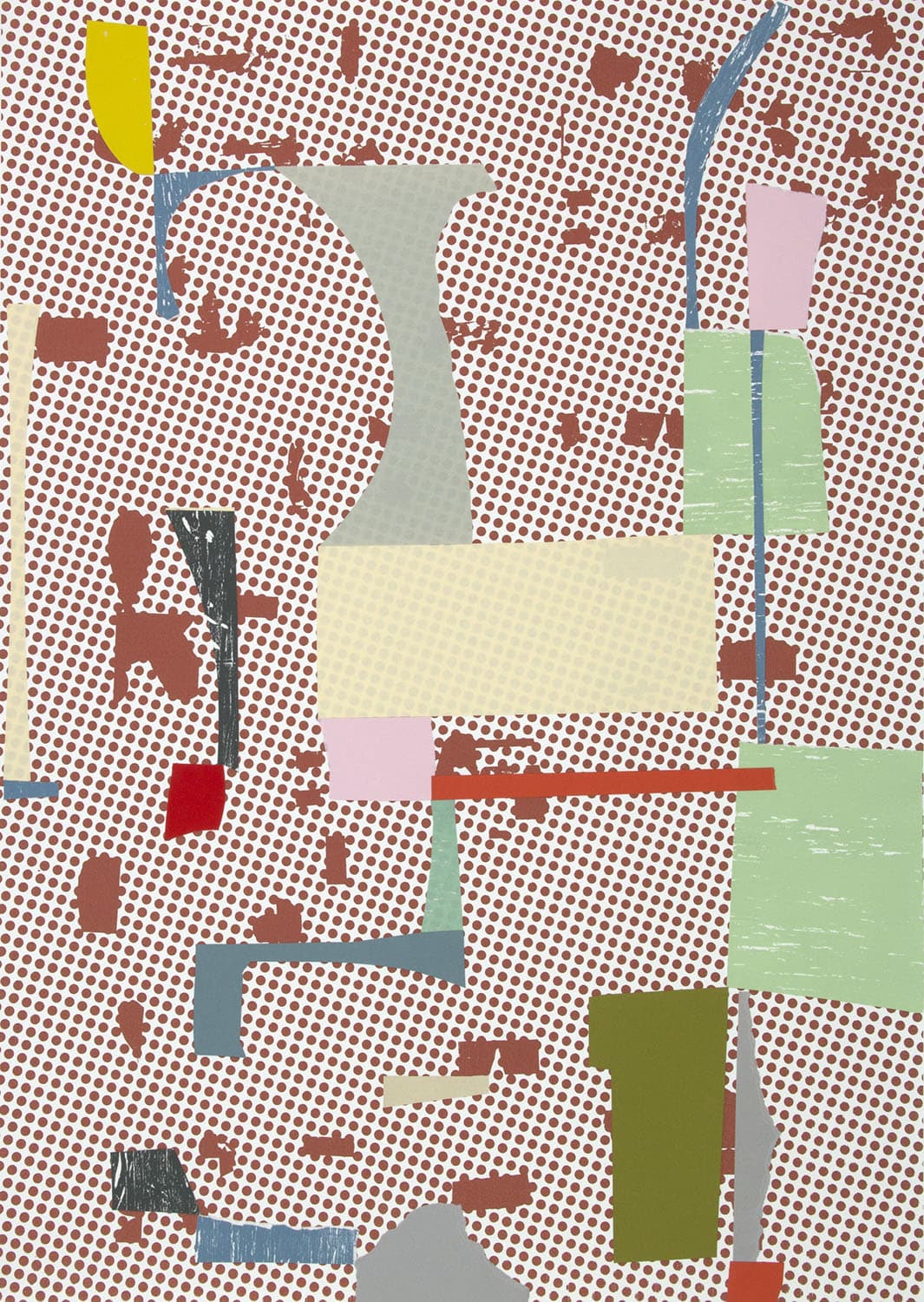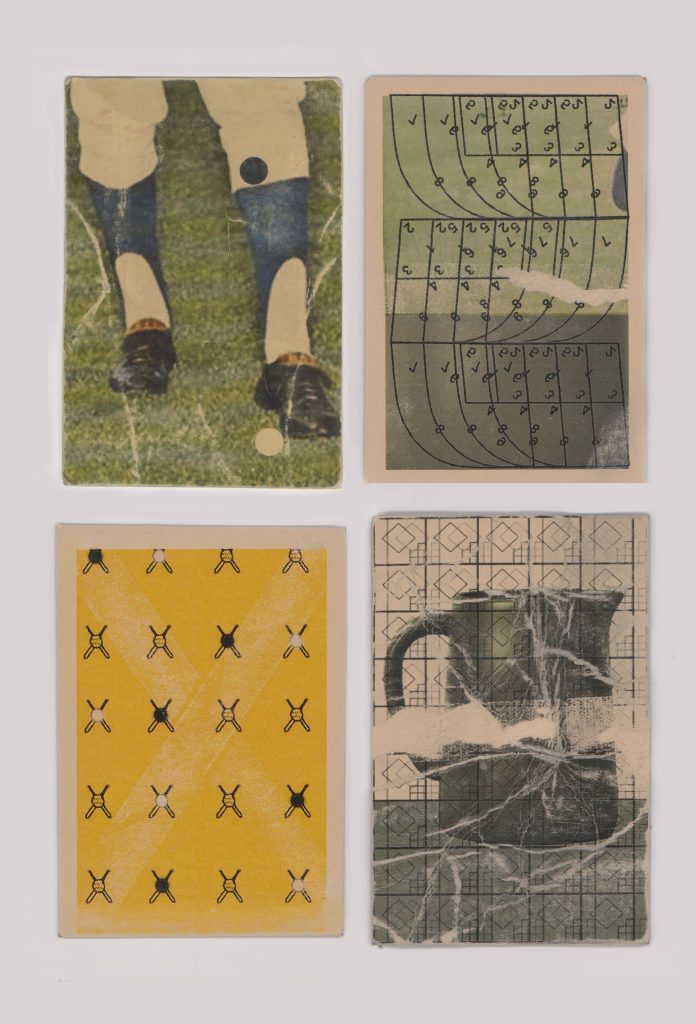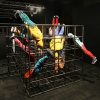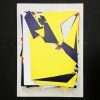-Name: Ry McCullough
-Born/Based: Born in Dayton, Ohio, USA, currently based out of Tampa, Florida, USA
-Making art since: My relationship with art making has developed over time. As a kid, I enjoyed many creative outlets, from creative writing, drawing, and sculpture to theater, concert and marching band. Perhaps a shift occurred when I started playing in garage bands in late high school; I became aware of and began contributing to the punk and hardcore scene in my hometown. I came into contact with contemporary art and more formal art training in the late 90’s when I attended Wright State University in Dayton, Ohio.

-Something you’d like our readers know about you: I am an artist as well as an educator. For the past 18-20 years, I have taught in some capacity. Teaching as a practice has seasoned my creative work; I feel that it keeps me nimble within the dialog of how and why art is an integral part of personal discovery for my students and myself. It’s a source of constant renewal and fuels earnest curiosity.
-What are three tools/elements you can’t work without? Three tools that I can’t seem to work without are a folding utility knife, sketchbooks, and free writing.
-What do you think is the most important thing that defines your work as yours? My work often presents itself and is generally received as strictly formal but is driven by a rigorous conceptual architecture. Each project I commit to develops a unique conceptual framework that generates formal systems that define the explored language.

-Can you describe your work process? I think my creative practice is organized by approaching concepts as discrete projects. Each project typically begins with a period of free-form writing; lists, word combinations, and fragments of thought that may be poetic, philosophical, or absurd, and nonsensical. I create a conceptual perimeter for myself in a manner of speaking; I use the visual metaphor of when a dog obsessively circles and scratches before settling on a precise location for lying down. From that source material, I will make a team of sketchbooks that will attend to and explore those ideas as images. Drawing, collage, and watercolor are used in the sketchbooks to refine or clarify how best to approach the subject matter. It may sound like a strict process, but it provides the necessary leash for operations of play, accident, and free association to be exploratory forces. Once I have a few productive directions identified, I distribute my energy to grow the works over time; this may result in paper and digital collages, traditional or experimental printmaking processes, and a variety of sculptural approaches. This period of growth can inform how the project will expand or contract; I often realize that I need to dig deeper into researching the historical context and precedent of the themes I am exploring. I think this period of my process affords me the opportunity to make connections that give me a feeling of discovery, to uncover some deeper line of thinking that was once just a whisper or an inside joke. Since my projects manifest in multiple objects, I consider how a project will be viewed and ask what is the most impactful physical proximity of each work to another. Spending time in arranging and rearranging installation configurations is a critical stage in generating a richer dialog between the components of a given project. I like to bring projects to a close with the making of a publication: zines, newspapers, and/or artist books that reveal something about the process of how or why this project came into existence. I feel that the publications close a creative loop somehow, from the humble beginnings of a hand-made sketchbook to an object of refinement and summation.

-Which is the latest project/series/artwork that you had been working on? The most recent project that I completed is titled SUPERPOSITIONS. It includes colorful works of collage, sculpture, and wall-bound hybrids that are inspired by the traditions of still life, modernist abstraction, and humor.
-Which artists would you recommend us to check out? I would be enthusiastic to recommend: Ray Johnson, Maija Kurseva, Mark Manders, and Lucy McKenzie.
-What is your personal definition of collage? Collage is an invitation into zones of absurdity and criticality. It is a bundle of behaviors that can be applied to anything; paper, wood, metal, sound, and even processes of thought can be chopped up, pushed around, and retooled.
Find more about Ry McCullough in his website or Instagram
















